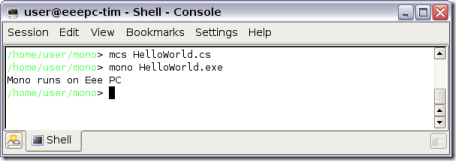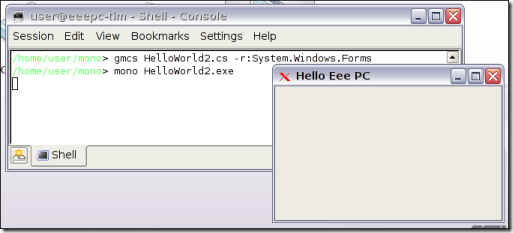The internet is buzzing about Knol. Google no longer wishes merely to index the web’s content. Google wishes to host the web’s content. Why? Ad revenue. Once you click away from Google, you might see ads for which Google is not the agent. Perish the thought. Keep web users on Google; keep more ad revenue.
Snag is, there is obvious conflict of interest. Actually, there is already conflict of interest on Google. I don’t know how many web pages out there host Adsense content (mine do), but it is a lot. When someone clicks an Adsense ad, revenue is split between Google and the site owner. Therefore, it would pay Google to rank Adsense sites above non-Adsense sites in its search. Would it do such a thing? Noooo, surely not. How can we know? We can’t. Google won’t publish its search algorithms, for obvious reasons. You have to take it on trust.
That question, can we trust Google, is one that will be asked again and again.
Knol increases the conflict of interest. Google says:
Our job in Search Quality will be to rank the knols appropriately when they appear in Google search results. We are quite experienced with ranking web pages, and we feel confident that we will be up to the challenge.
Will Google rank Knol pages higher than equally good content on, say, Wikipedia? Noooo. How will we know? We won’t. We have to take it on trust.
On balance therefore I don’t much like Knol. It is better to separate search from content provision. But Google is already a content provider (YouTube is another example) so this is not really groundbreaking.
I also have some questions about Knol. The example article (about insomnia) fascinates me. It has a named author, and Google’s Udi Manber highlights the importance of this:
We believe that knowing who wrote what will significantly help users make better use of web content.
However, it also has edit buttons, like a wiki. If it is a wiki, it is not clear how the reader will distinguish between what the named author wrote, and what has been edited. In the history tab presumably; but how many readers will look at that? Or will the author get the right to approve edits? When an article has been edited so thoroughly that only a small percentage is original, does the author’s name remain?
Personally, I would not be willing to have my name against an article that could be freely edited by others. It is too risky.
Second, there is ambiguity in Manber’s remark about content ownership:
Google will not ask for any exclusivity on any of this content and will make that content available to any other search engine.
Hang on. When I say, “non-exclusive”, I don’t mean giving other search engines the right to index it. I mean putting it on other sites, with other ads, that are nothing to do with Google. A slip of the keyboard, or does Google’s “non-exclusive” mean something different from what the rest of us mean?
Finally, I suggest we should not be hasty in writing off Wikipedia. First mover has a big advantage. Has Barnes and Noble caught up with Amazon? Did Yahoo Auctions best eBay? Has Microsoft’s MSN Video unseated YouTube? Wikipedia is flawed; but Knol will be equally flawed; at least Wikipedia tries to avoid this kind of thing:
For many topics, there will likely be competing knols on the same subject. Competition of ideas is a good thing.
Then again, Wikipedia knows what it is trying to do. Knol is not yet baked. We’ll see.
Update
Danny Sullivan, who has been briefed by Google, has some answers. Partial answers, anyway. Here’s one:
Google Knol is designed to allow anyone to create a page on any topic, which others can comment on, rate, and contribute to if the primary author allows
The highlighting is mine. Interesting. I wonder what the dynamics would/will be. Will editable pages float to the top?
Second:
The content will be owned by the authors, who can reprint it as they like
You can guess my next question. If as the primary author I have enabled editing, do any contributions become mine? What if I want to include the article in a printed book? The GNU Free Documentation License used by Wikipedia seems a simpler solution.
Fun: Wikipedia already has an article on knol.

